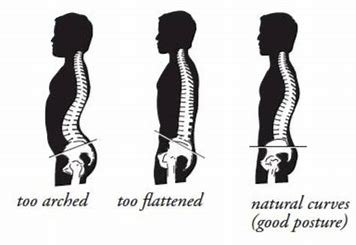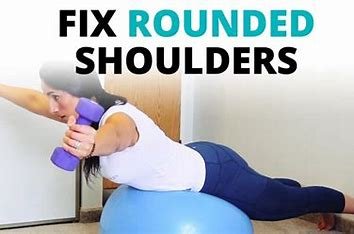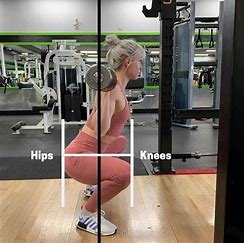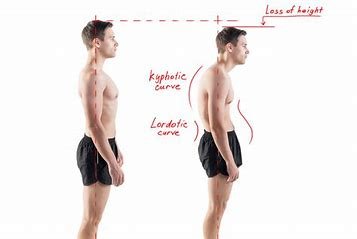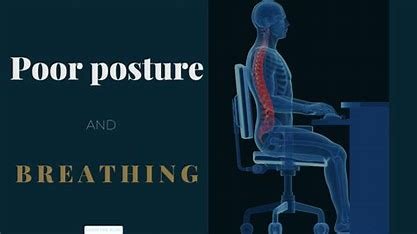HOLISTIC & WELLNEST
LATEST ARTICLES
🌟 What is Neutral Spine Alignment? Neutral spine alignment refers to the natural curve of your spine...
🏋️♂️ Exercises to Strengthen the Upper Back: 1. RowsMuscles worked: Rhomboids, trapezius, lats, rear...
🏋️♀️ The Role of the Spine: Central Support: The spine acts as the main structural support for the body,...
💪 Why Strengthening Your Lower Back Matters Your lower back (lumbar spine) is a key part of your core...
Proper Hip Alignment During Squats: The Key to Safe and Powerful Lifting Squats are a powerhouse lower-body...
Strengthening the Upper Back: The Foundation of Good Posture Your upper back muscles—especially the traps,...
The Hidden Impact of Poor Posture on Back Health Poor posture might seem like a minor issue—just slouching...
Correcting Forward Head Posture Forward head posture (FHP) is a common postural issue where the head...
How Poor Posture Leads to Joint Stress and Long-Term Damage Introduction While we often focus on the...
🧘♂️ How Posture Affects Breathing and Performance Introduction Posture is much more than just how we...

